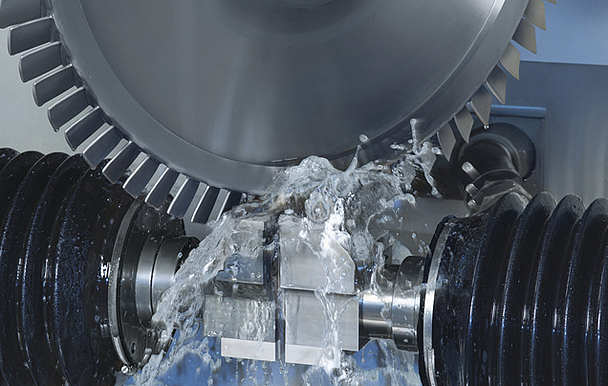Technology Presentations
Where does the future lie for metal cutting? What are the alternatives offered by
electro-chemical machining, production laser welding or heat shrink assembly?
We'll answer these questions and more at Westec 2019!
We have presentations prepared that show you all the possibilities and the areas
of application for these technologies.
Visit us in booth 1345 and learn all about the future of metal cutting.

